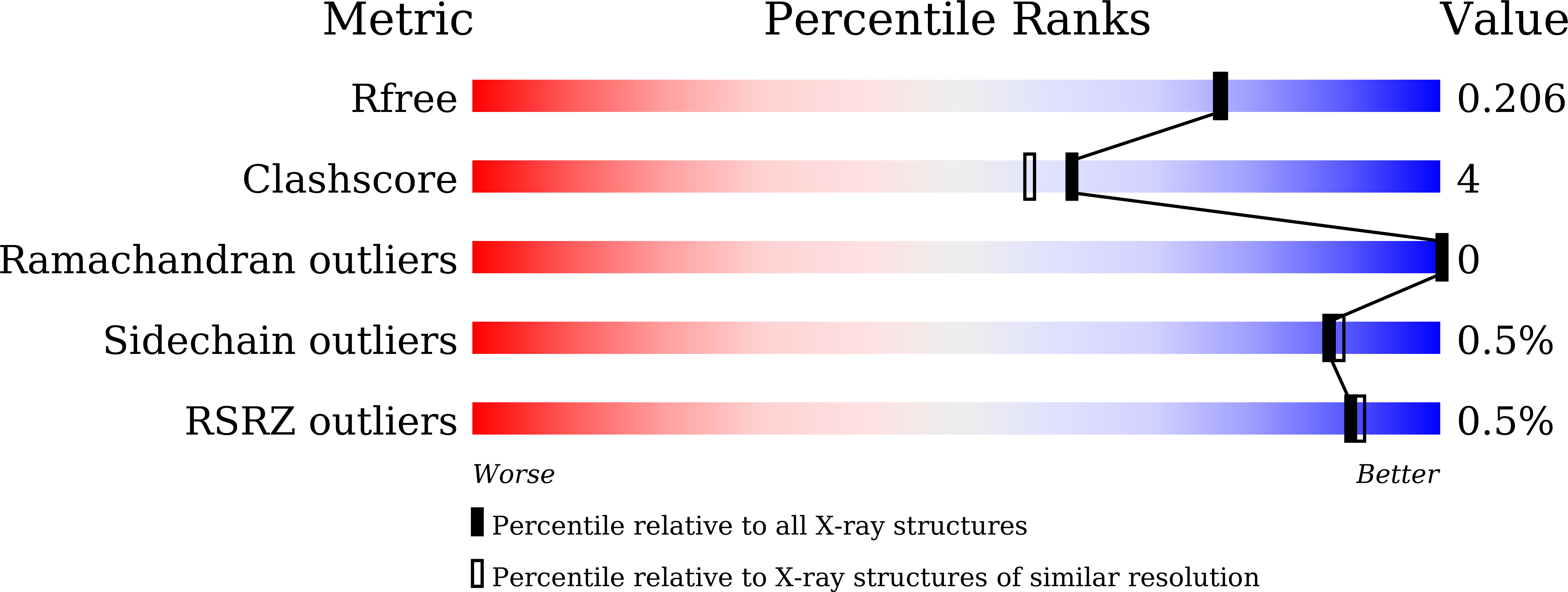
Deposition Date
2022-09-01
Release Date
2023-09-06
Last Version Date
2023-09-20
Entry Detail
PDB ID:
8GR7
Keywords:
Title:
Cop4 from Antrodia cinnamomea in complex with pyrophosphate and magnesium
Biological Source:
Source Organism:
Antrodia cinnamomea (Taxon ID: 279009)
Host Organism:
Method Details:
Experimental Method:
Resolution:
1.90 Å
R-Value Free:
0.20
R-Value Work:
0.16
R-Value Observed:
0.16
Space Group:
P 1


